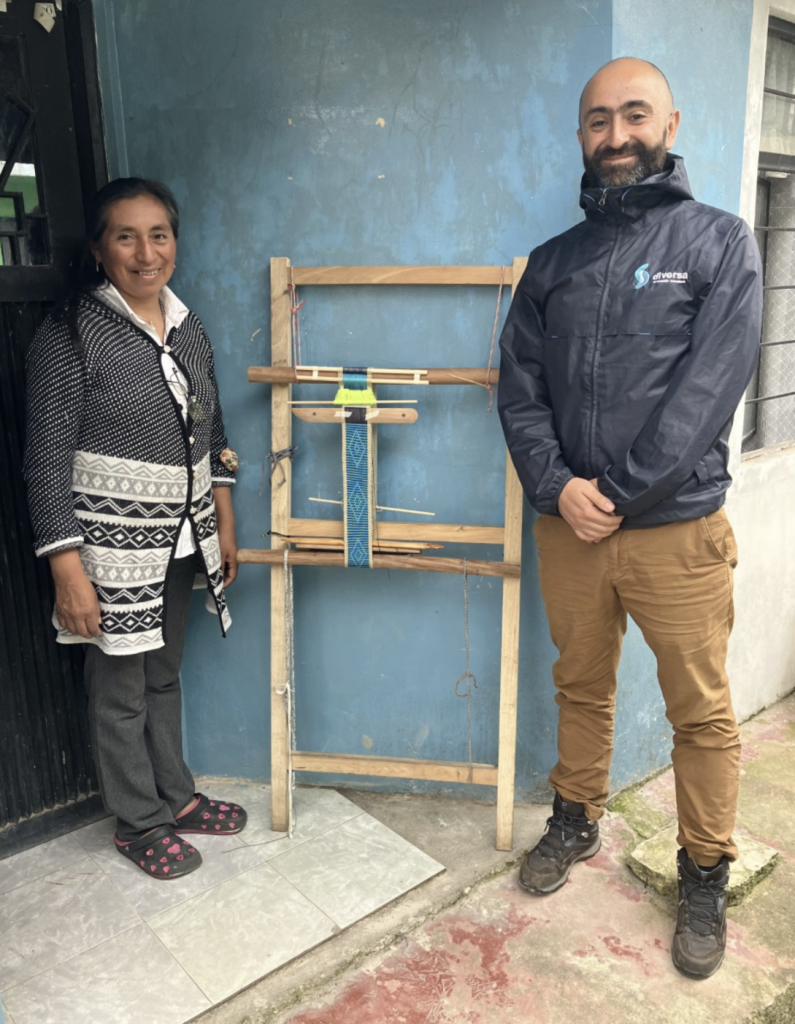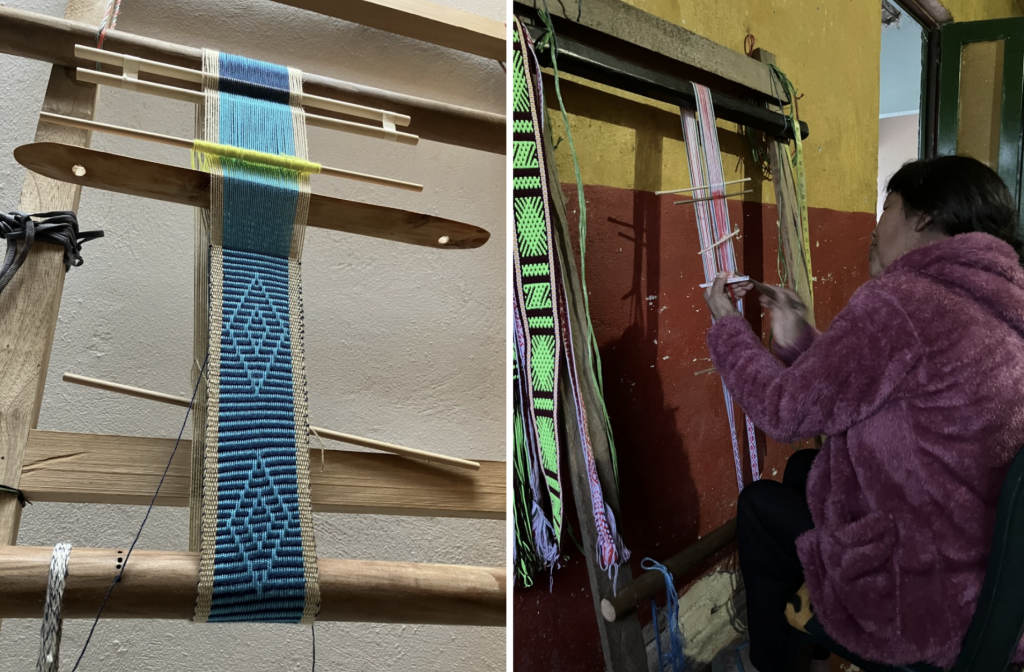PKG IAP ’23 Fellowship: Pedro Reynolds-Cuellar

Q: How has the PKG Center helped you in your fellowship?
A: The main help has come in the form of being able to advance my work given that traveling to work with my collaborators requires financial support. Yet, there are two helpful things I would highlight from my experience with PKG. The first one is accountability. It might seem like a small thing but check-ins, reflections, and overall structure, can go a long way in helping you make the most out of this opportunity and, generally speaking, making the work more meaningful. The second one is culture. Acting as a fellow in representation of a unit committed to service and social change encouraged me to act on behalf of these values. Yes, funding opens many opportunities, but not all money is made the same, and the way money is offered can also determine how you put it to work.
Q: What’s your favorite moment during your fellowship?
A: I spent a week working with a traditional weaver from the Quillasinga Indigenous community. I became close with her, her family, and several of her friends. We built on this relationship as a bridge to learn from each other’s cultures. We discussed our views on many topics as we weaved, and I truly enjoyed spending time together. I learned a great deal about the role of weaving in the history of this particular community and its importance for resisting the forces of acculturation. There is a lot of ‘innovation’, some of which is technological, that has gone into maintaining this practice over time. I was honored to have had the time to learn, hands-on, about all this.
Q: Was this fellowship rewarding for you and your future career aspirations?
A: I continued to be dedicated to figure out ways in which we can improve our practice as designers, inspired by my experiences across Colombia. I have also galvanized my commitment to tell the stories of technological prowess and inventiveness hidden behind what I see as a collective obsession with gadgets. This fellowship allowed me the time and support to continue building on these goals and commitments, while growing my identity as a Colombian.
Q: What led you into this type of work?
A: During one of my field visits to Colombia, right at the beginning of my doctoral program, I met one of my long-time collaborators, Jaison Villafaña. I was leading a group of designers and community members to Jaison’s home in Arhuaco Indigenous land as part of a technology co-design program. The goal was to participate in community activities, hear stories from elders, adults, youth and children, run a few interviews and spend time together learning about each other. Halfway through the day, Jaison pulled me aside to remark how much of what we were doing was based on asking questions. As someone trained in participatory design methods, I explained to him how this first stage of the process was focused on learning and the role of questions across different contexts as part of that goal. His question was striking though, as it poked on a foundational assumption of my practice at the time. I asked him how he would access new knowledge without asking questions. He spent the next hours explaining to me the elaborate process of self-inquiry, observation and reflection used in the Arhuaco tradition to discover new insights and knowledge. I realized that a lot of the methods I had been using until then were not responsive to local cultural factors and that, even though people were happy answering questions and talking about their life experiences, opportunities to learn through applying local methodologies were being missed. Once I put these new goggles on, I was able to see how much I had to learn in regards to my field practice by leveraging local practices. It also allowed me to open up to just how much inventiveness gets lost in plain sight as a result of not being appreciative of these protocols. The years that followed I have dedicated myself to re-learn from places I had been as well as seeing new places with my new eyes. As a result, I discovered that Colombia has a hidden history of technological development and ingenuity that has not been told. Finding ways to tell these stories together with my community collaborators has been the focus of the rest of my years as a Ph.D student.
Q: How do you define innovation?
A: Any process by which individuals or collectives everywhere and anywhere act upon change in their lives (and sometimes the lives of others, intentionally and otherwise), I would personally categorize as innovative. This process is (or should strive to be) highly contextual and attends to historicity. I suppose this is not prescribed to humans as other species can also be seen as innovative. However, we seem to have collectively agreed this is a human thing we do. It can also be the definition of ‘design’ (as a process, not a discipline), which I guess goes to say how fuzzy some of these definitions can be 🙂
Q: What advice would you give to other MIT students interested in your type of work?
A: The biggest thing is probably humility. Be ready to question your assumptions, expand your understanding of what counts as knowledge and who gets counted as knowledge producer. Prepare to un-learn a lot of things in exchange for new understandings of what innovation, design, and technology might mean.

To learn more about PKG Fellowship programs, click here. Summer ’23 PKG Fellowships are open until March 21st at noon. To learn more about Summer ’23 PKG Fellowships and apply, click here.
Tags: PKG Fellowships, PKG IAP Fellowships, PKG IAP Fellowships 2023
